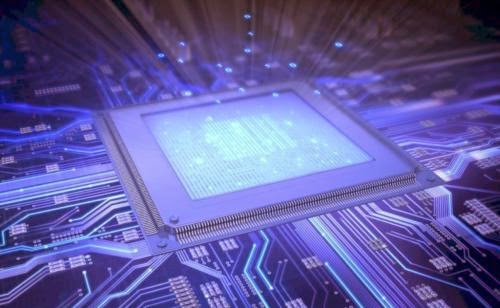1. INTRODUCTION
Now-a-days, increasing population and increasing traffic have constrained smooth flow of traffic, resulting into traffic jams and has encouraged people to violate traffic rules, thereby creating a complete chaos. So this causes a great inconvenience for public travelling day-to-day. Also the current traffic rule regulations are not very stringent and the implementation techniques are severely flawed. Due to these, bribery has become rampant. Although the government has introduced smart card driving licenses it has not proved much useful in eradicating corruption.
1.1 Background
The Maharashtra State Motor Driving License has introduced License with smart card to replace the traditional paper driving license. These driving licenses include various parameters stored in it:
1. Vehicle Type
2. Date of issue (D.O.I) and Date of Expiry.
3. Name, signature, Address and Date of birth of the owner.
4. Signature and ID of the issuing Authority.
The Driving license provides all the essential details about the driver. On the basis of this theme, we have extended of information and brought up an idea of “Automatic penalty charging for traffic regulation.” So far in the market only the devices measuring different parameters are available, which are all stationary, but this paper aims to send this information wirelessly over the long distance using GSM unit.
1.2 Primary objectives
In an attempt to reduce the problems related to traffic & improve the traffic discipline, advanced technological solutions we are aiming to provide a system, which will continuously monitor the vehicles using RFID reader and RFID transceivers and automatically incur penalty for violation of any of the traffic rules. If a driver violates any of the traffic rules, the driver will be charged according to the RTO rules. The charging amount will be automatically stored in a smart card which will be fixed in the vehicle. If a driver fails to pay the charges in a given period of time, his/her license will be suspended and the car won’t start.
1.3 Survey
Traditional method for traffic control
The traditional method for traffic control uses fixed traffic poles on the left side of the road at the traffic junctions that display the traffic light. Which is, in some circumstances not feasible to view from different angles of the road if we are behind a heavy motor vehicle or being unmindful of the traffic light can also lead to various problems like delay in traffic flow, un-mindful jumping of traffic. Harsh weather conditions like fog and heavy rain also concludes in accidents and delay in traffic flow. This visibility cut –off from traffic signal causes some of the extended problems which are further supported by the survey data of Indian Transportation:
Accidents due to un-mindful violation of traffic signal: “According to the police, 10 % of road fatalities on Delhi roads occur due to jumping of red lights by motorists. This year, as many as 6,420 motorists were prosecuted for jumping red lights at one intersection in Delhi”. Many a times it happens intentionally but, sometimes due to lack of traffic information received by the chauffer or being un-mindful of the traffic signal causes such kind of road fatalities.
Delay in traffic flow causes fuel loss: Annual report on fuel loss in Delhi states that 0.37 million kilograms of CNG, 0.13 million litres of diesel and 0.41 million litres of petrol is wasted everyday due to idling of vehicles.




















